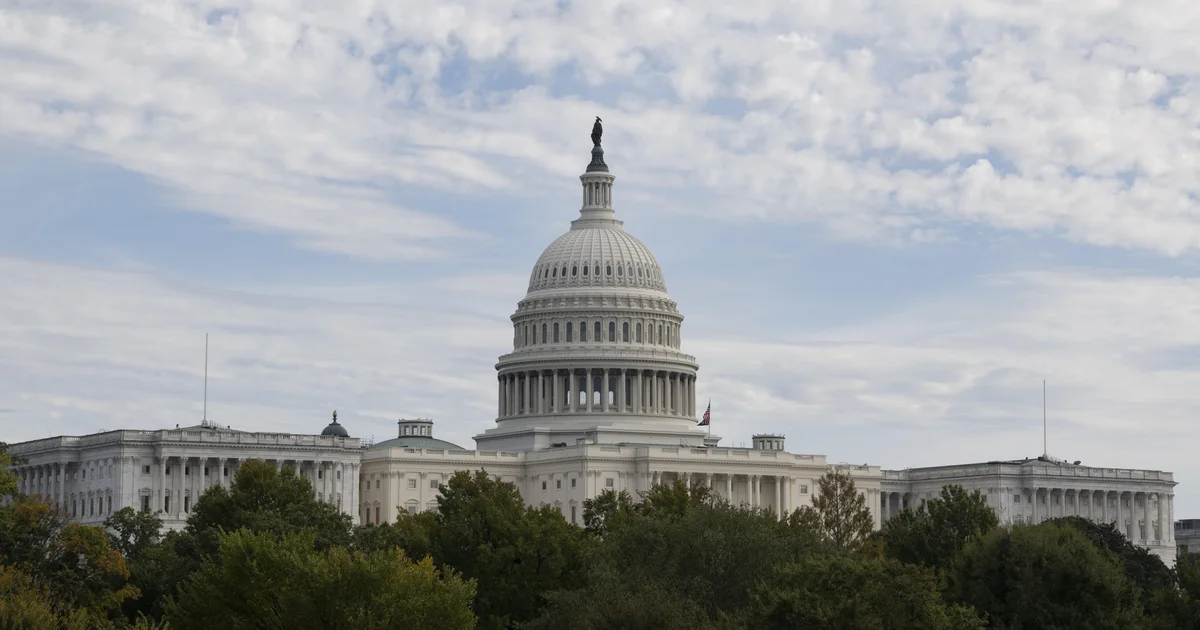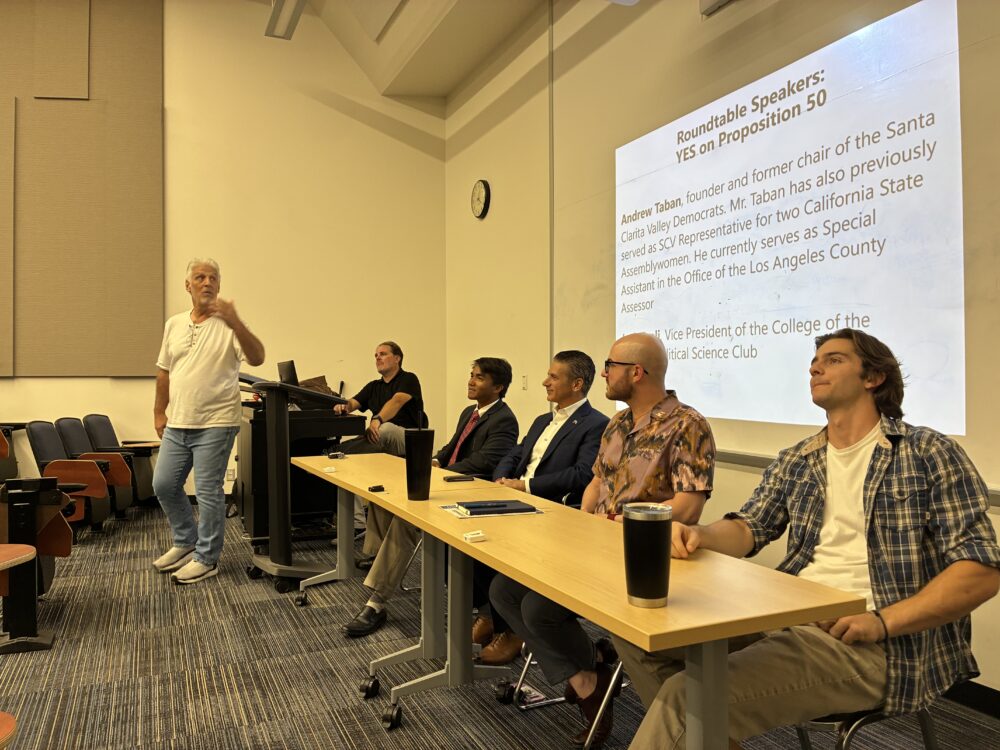Copyright MassLive

Twice a year, people throughout the country adjust their clocks, first “springing” ahead to cherish an extra hour of daylight during the summer months before “falling back” to standard time for winter. At 2 a.m. on Sunday, Nov. 2, 2025, clocks will turn back one hour to 1 a.m., marking the end of daylight saving time and the return to standard time. DST will start again on Sunday, March 8, 2026. Read more: Massachusetts’ second largest health insurer lays off 250+ employees in another round of cuts Standard time, sometimes referred to as “winter time,” only accounts for about 35% of the year, as DST lasts for 65% of the year at 238 days, according to National Institute of Standards and Technology (NIST). While switching the clocks isn’t terribly popular, it does have “the effect of creating more sunlit hours in the evening during months when weather is the warmest,” according to NIST. In America, changing clocks back and forth has been practiced for over a century, when a clock change called “Fast Time” was introduced in the U.S. in 1918. Read more: Winter 2025 weather forecast: National map shows breakdown by region; what to expect It ended less than a year later, though cities such as Boston, New York and Pittsburgh continued to use it. President Franklin D. Roosevelt reintroduced the idea in 1942 under the term “War Time,” which lasted through 1945. However, no uniform rules for changing the clocks were in place until the Uniform Time Act of 1966. Time-changing controversy Despite tradition, the practice is not all that popular. A 2025 Gallup poll found that 54% of Americans would prefer to do away with the time change altogether — plummeting in support compared to the 1990s. Only 19% of respondents said they still favored switching back and forth between DST and ST each year, while a growing share of participants want to see one system made permanent. “Even though DST allows for sunnier evenings over the spring and summer, it comes at the cost of setting clocks ahead every March,” Gallup reports. “And yet, keeping DST would mean later sunrises, particularly in winter months.” Read more: Walmart makes revolutionary change to how you shop, launches Open AI partnership The debate has reached the halls of Congress. In 2021, the Sunshine Protection Act, which proposed making daylight saving time permanent nationwide, passed the Senate but stalled in the House. More recently, U.S. Sen. Ed Markey (D-Mass.) has renewed calls to end the “head-spinning ritual” of time changes, citing their impact on health, safety and the economy. But until legislation is passed — at the federal or state level — Americans will continue adjusting their clocks twice a year. Time marches on — even if we’re still debating what time it should be.



